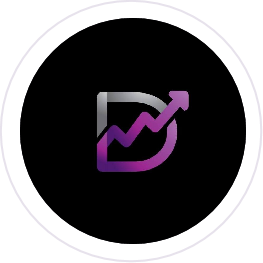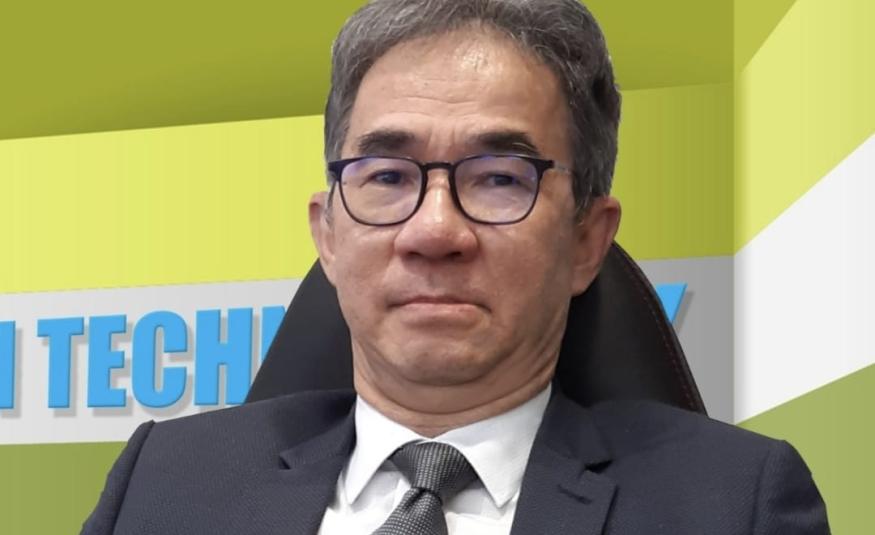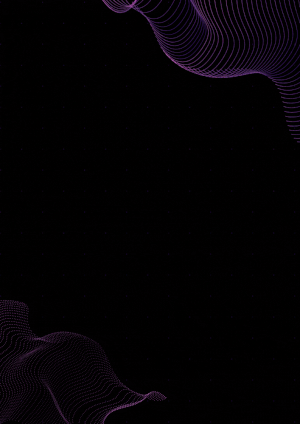KUALA LUMPUR Sept 8 – Alan Chew FCA, the man who built the prototype for the COVID Tracer app now used widely across New Zealand, took his time recently to answer a few questions for DagangNews.com.
Chew responsible for their app’s prototype— which was the team engaged Waikato University for the development of the technology and the app.
‘’Even at that time, we were very confident that it would work because the technology was so simple,” says Chew, who in 1986 founded ICT services provider Houston Technology Group and then Houston Medical, a developer of management software for medical clinics, which he sold in 1998.
Here's the interview by Mohd Fudzail Mohd Nor with Alan Chew:
1. How did you develop a contact tracing app prototype, NZ COVID Tracer? Which is basically the New Zealand version of Malaysia’s MySejahtera.
Like everybody else in New Zealand and throughout the world, when the first lockdown was announced, I was racing in my head what I could do to contribute to the fight against this invisible enemy. I had actually done a lot of reading about previous pandemics such as the 1918 Spanish flu long before this time. In fact, nearly 20 years ago I gave a talk to the local Rotary Club about pandemics.
I quickly figured out that contact tracing was one of the most effective weapons. And then it did not take me and my team long to decide that by using QR codes, we could simplify the whole process and ensure high uptake.
The NZ Covid Tracer App requires only a piece of paper to print QR code on for each business. For the user, it requires the use of a mobile phone. Mobile phone uptake in New Zealand is extremely high.
In fact, in 2021, over 156% of the population here had at least one mobile phone. In 2019, New Zealand boasted 6.4 million mobile phone subscribers for a population of under 5 million people.
I therefore put my team to work and quickly designed a simple process – businesses display unique QR codes at their doors; people download the NZ Covid Tracer App and used that to scan the QR codes; and the government provides a secured repository (or the means to store the data securely) and gets access to that data when required.
We developed the prototype and engaged Waikato University to assist. Even at that time, we were very confident that it would work because the technology was so simple.
We then send the information to the Ministry of Health on the fourth day of the lockdown. The rest is history.
I don’t see this as something very amazing because the concept and a technology really very simple. What I am most proud of is that my team and I were able to come up with a simple, workable concept so quickly, before others did.
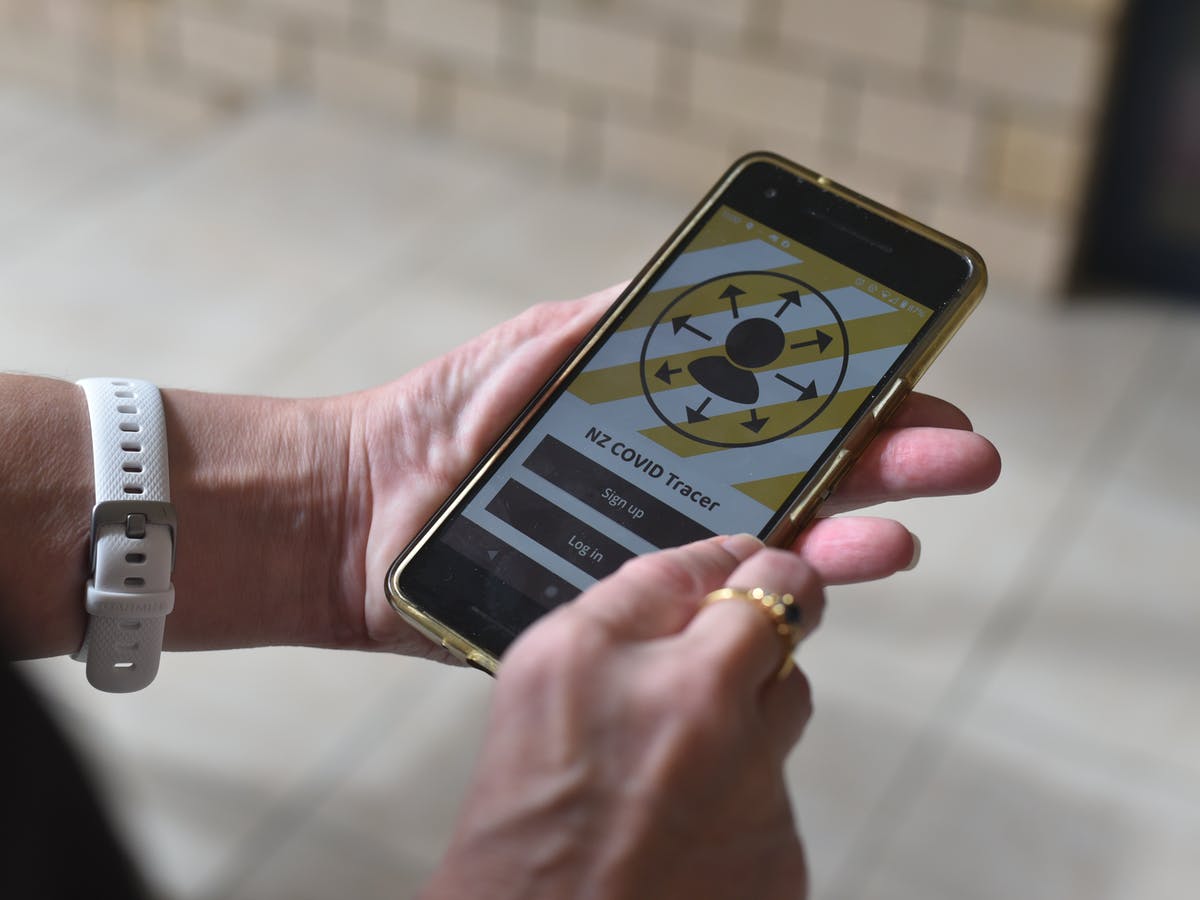
2. How do you see the future of COVID-19?
I am actually very optimistic. It is becoming clearer by the day that Covid 19 will morph the way that the common flu does. I forecast that within a short while (probably no more than two years) when we go for our annual flu jab, that vaccination will give us protection against the flu as well as Covid. Covid will continue to mutate in the same way that flu does; however, we will have mechanisms to improve the vaccinations to neutralise the new threats.
Another reason for optimism is that in spite of the very severe lockdowns throughout most of the world, most economies have recovered and many have reached new record highs (the US and New Zealand economies are just two examples). Therefore, imagine what it would be like when Covid becomes another flu.
I have seen this in my own business. Whenever there was any major challenge to businesses, they adapt very quickly. This is usually through greater and better use of technology. Two of the greatest growth spurts we have witnessed in my business have been the 2007 GFC and now the current pandemic.
Thus businesses that have adapted to the new normal are much more resilient and productive than before. The growth response induced by disasters can lead to a positive economic outlook that lasts far longer than the disaster.
Unfortunately, this effect is not evenly felt between developed and developing countries, with developing countries copping the lion’s share of the loss and developed countries gaining. Therefore, in such times, it is important that the haves assist the have-nots. This is not just the role for philanthropy, it is also the responsibility of all governments throughout the world.
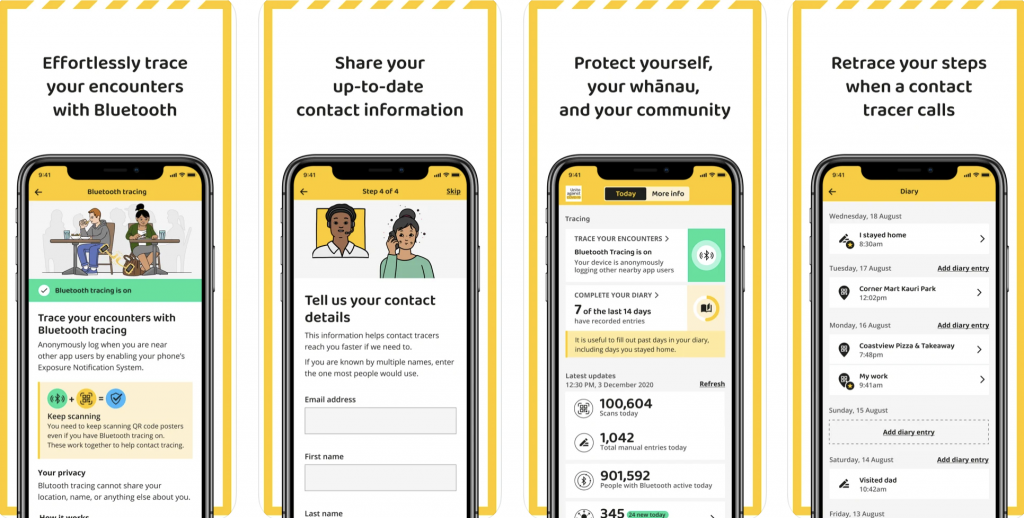
3. What about digitising the medical clinic reception process, where your company has been introduced digital kiosks and forms?
I worked as a chartered accountant for eight years before I bought my first home computer and very quickly decided that technology was my passion. I therefore started one of the earliest IT companies in Hamilton where I live in today, we are the oldest technology company in the region.
To me, IT is a means to the end. The ‘end’ is actually productivity. In New Zealand, wages are extremely high, nearly twice that of Malaysians on average. Therefore, any tool that allows workers to be more productive must contribute to the economic well-being of the country.
As a result of that reasoning, I had focused a lot of my thinking on how to improve productivity.
My business wrote and released a patient management system in the early 1990s. At that time, I was running a predominantly hardware-oriented IT business. When I started the medical software business, there were two distinct groups of workers under a single roof – the IT infrastructure hardware people and the software developers.
The brains of the two groups were wired completely differently. I ended up spending a great deal of my time arbitrating and mediating between the two groups who thought so differently.
In the end, I had to sell off the software company which is now in Australian hands.
However, in spite of that, I maintained a strong interest in software because I worked out that software has a much bigger impact on productivity and hardware. Therefore, about 10 years ago I decided to invest in a software division again.
About a year before the pandemic, I visited a client of mine who owns a very large medical group in Hamilton. I arrived at his medical centre right on time but had to stand in the queue for over 50 minutes before I got to the front of the queue to say to the receptionist that I was there to see Dr Stanley. She then told me that Dr Stanley was expecting me and I could have just gone in to see him.
I therefore thought to myself, “I had to line up for over 50 minutes just for the pleasure of being told that I needn’t had waited.” I felt that no other industry would have survived with this lack of customer focus.
I therefore went to work to adapt many of the technologies that my firm had already started working on in other industries.
Together with Dr Stanley, we had a vision of removing all the reception furniture and replacing it with carpeting and patient seating. We would also implement self-service kiosks and sprinkle QR codes as well as scanners around the clinic.
When patients make appointments, the system will automatically email these patients unique QR codes. When the patients come to the reception, they simply have to flash their QR codes in front of the scanners or the kiosks and be seated.
Instead of having two or three receptionists, the clinics now only require one person to assist any patient that needs assistance. There are no queues to suffer and because the technology is virtually touchless, it is much safer.
Where forms (such as enrolment or insurance forms) have to be completed, previously, the patient had to join the queue, receive the form from the receptionist and hand complete it. He/she then lines up again in order to pass the form onto the receptionist for typing into the system while he/she watches.
With the new system, they could do so electronically by entering the data on their PCs at home, the kiosks at the reception or on their mobile phones. This reduces the queues even more because nobody now needs to line up just to get the form or just to hand it back to the receptionist.
We are looking to totally transform medical practices through technologies such as AI, mobile apps, robotics, etc. It is very exciting.
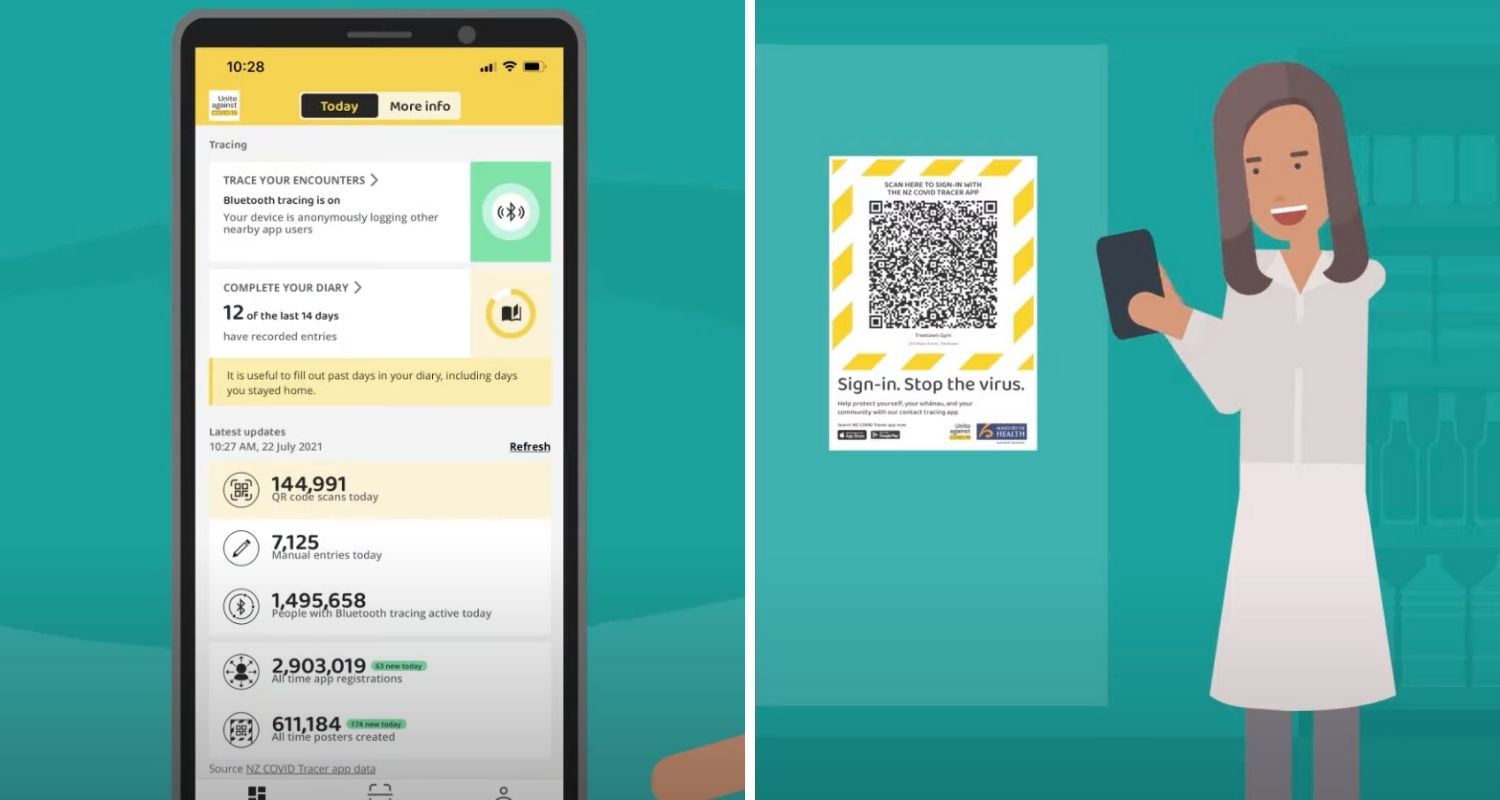
4. You’re from Malaysia and from your past experience moving to New Zealand, have you recently back to Malaysia and do you have any comments? How do you see the future in Malaysia compared to New Zealand, what is your hope?
Yes, I was born into poverty in Kampung Dollah in KL in an abandoned coconut plantation boxed in between today’s Berjaya Times Square and the old Pudu Jail. I come to Malaysia regularly for holiday and a little bit of work. I was in KL just as the pandemic was breaking out.
The reason for my wanting to be in Malaysia frequently is I still have close family in the region and I want my two girls to develop strong relationships with the family. Just as importantly, I want my children to see and experience my roots (although there is not a lot left that can be seen in daily life) so that they do not take comfortable living for granted.
Malaysia (and I am not talking about just KL) is a very vibrant and progressive country especially in a material sense. I observe that the type of poverty that my family endured when I was born, now virtually does not exist anymore in Malaysia except in very small pockets.
I see economic prosperity continuing to grow in Malaysia.
However, what disappoints me is that the racial disharmony that existed 46 years ago when I left Malaysia appears to be still rife today. Political power is still divided along racial lines and racial politics still divide Malaysians.
The reasons for the racism (early migrants having less loyalty towards the new country, segregated educational policies of the British, economic impoverishment of the Malays, etc) have been very well canvassed and documented by many intellectuals. None of these causes are insurmountable if the nation has the mind to do something about them.
The tragedy is that if this continues, the whole nation will be shackled by this win-lose strategy.
My wish which I had held ever since I left Malaysia is that the people of Malaysia would come together and collectively and harmoniously grow the cake. This would then allow everybody to have a bigger piece without slicing into somebody else’s share.
While New Zealand, along with all other countries, has its fair share of racial problems, the issues here pale to nothing compared to what I see happening in Malaysia.
5. You are ardent advocate for education, how do you see education in New Zealand in the future and education as a tool for transformation?
Education is the greatest tool for achieving many of the better things in life. This includes health, wealth and harmony. For my family, if not for education, my siblings and I would never have attained the standard of living (modest as it may be) that we did.
However, education doesn’t reach all people as we can see in NZ. While the schools here are well equipped with the right teachers, equipment and buildings nestled in beautiful surroundings, the motivation to become highly educated is nowhere as strong as it is among Malaysians. Families do not accord the same value to education as they do in Malaysia and truancy is extremely high.
My hypothesis is that in New Zealand, because of its relative wealth, the necessity for education as the escape route for poverty is not felt by most people.
My parents would beg, borrow or steal to send their kids to achieve the highest level of education that they could afford. This is not unique to my family or indeed to just a minority of families; every household that I know of in Malaysia, regardless of race, religion or economic status, does its best to ensure that their offspring are schooled properly.
As a result of that, I see over and over again, families like mine where the kids are born into massive deprivation, within a short while (say 20 years) their economic well-being is turned around completely.
Among my friends from the same economic background during childhood, are people who have been knighted for their services to industry or science, or have gone on to attain highly respected achievements.
This emphasis on education in Malaysia is not necessarily a result of government policy. It comes from parents who had suffered deprivation and had committed themselves to ensure that their offspring does not go through the same trauma. For some, for example the Chinese, this attitude has been bolstered by religion, and particularly Confucianism that places huge weight on educational attainment.
We see the effect of this at an extreme degree in highly Confucian-oriented populations such as in South Korea and Japan. Here, we still hear of school-age kids jumping off tall buildings when they cannot gain entry into prestigious universities.
This respect and yearning for higher education is something that I proudly tell my Kiwi friends to take a lesson from the Malaysians. In my philanthropic roles, I emphasise again and again the importance of education as the quickest and most sustainable route out of deprivation.
BAHASA MALAYSIA VERSION : Alan Chew: Akauntan kelahiran Malaysia yang membina prototaip MySejahtera versi New Zealand
6. You came from Waikato University, Hamilton from Management Studies, how do you remember during those years?
I remember them very fondly. Waikato University is located in a very pretty setting with lakes and lots of open grassland and beautiful trees. When I first arrived, I thought I had landed in Paradise.
Much more importantly, the people were very nice. Everybody, from the secretaries to the lecturers to the professors and all the way to the Vice Chancellor, was so helpful and friendly. To this day, I still mix and mingle with many of them and count them as some of my best friends. It was a great environment for education.
Of course, I would be remiss if I did not mention the fellow Malaysians and other international students who helped me to weather the loneliness and homesickness that come from being an overseas student in a faraway country. This was at a time when there was no Internet, no WhatsApp, not even email.
Outside of university, we were pampered as well with the same friendliness and love by the New Zealand public. For my first summer, I managed to secure a job at the Caxton paper mills in Kawerau which is a very small town huddled away in beautiful forests in the Bay of Plenty. For accommodation, I stayed with a Maori family who without hesitation adopted me as one of their children. To this day, the younger members of that family still call me and treat me as their bro.
Having said that, starting a new life in an overseas country with a completely different culture and climate is not easy. Life is not all roses. I missed my family and my friends really badly when I first arrived. I of course miss Malaysian food and even though there are Malaysian restaurants in Hamilton today, they are not a patch on the real thing.
On the surface, it may appear that the grass on the other side is always greener but it is not. In a country where the everyday language is not your mother tongue, where you speak, look, act and eat differently, it can be very stressful. In business, that could be very disadvantageous to you.
7. What will be your life as a philanthropy?
Because of my very poor childhood, I understand the harm and unfairness caused by deprivation. I therefore promised myself that where I can, I would like to dedicate myself to relieving poverty anywhere I see it happening.
I still cry when I watch videos on YouTube or sent to me by my friends people who are deprived by circumstance. While I never personally suffered hunger, both my parents had told me stories about their early lives when they had gone without meals. I know that within my family in China, we had members who had died from famine. This is a lesson that I will never forget.
I hope that I have accumulated enough to ensure that my family and I will never suffer from poverty again but I also want to ensure that those who do, receive a helping hand.
I was appointed by the government of the day to sit on the board of Trust Waikato for eight years. Last year, during the pandemic, I decided to run for, and won election onto, the board of WEL Energy Trust for a three-year term.
These organisations are the two of the largest funders of philanthropy in the region. In these organisations, I championed the voices of the poor.
I have a dream to set up a charity to help the poor in Malaysia.
If you plot the GDP of Malaysia against that of New Zealand, you will see that the GDP of Malaysia caught up with that of New Zealand’s in the 1980s. Since that time, New Zealand has had very slow growth whereas Malaysia’s economy has expanded rapidly.
Today, Malaysia’s economy is nearly twice that of New Zealand’s. However, GDP per capita in New Zealand is nearly 4 times that of Malaysia’s (Source: https://countryeconomy.com/countries/compare/new-zealand/malaysia).
What I see is that the Malaysian standard of living will continue to gallop away while in New Zealand, this will continue to improve but not at the same high rate as Malaysia’s. However, given that the New Zealand GDP per capita is four times that of Malaysia’s, it will be many many years before Malaysia will match NZ in standard of living.
Interestingly, Singapore’s economy caught up with Singapore in the 1980s and had since grown to nearly twice that of NZ’s total GDP. - DagangNews.com

